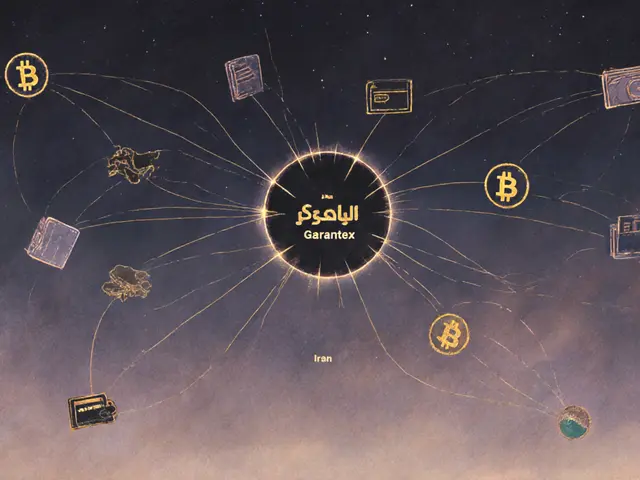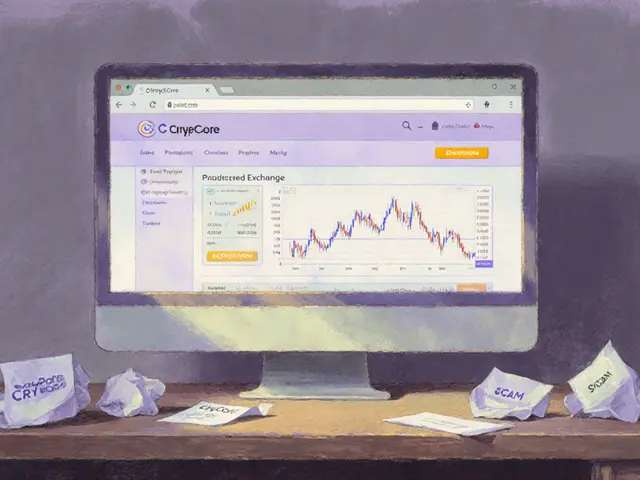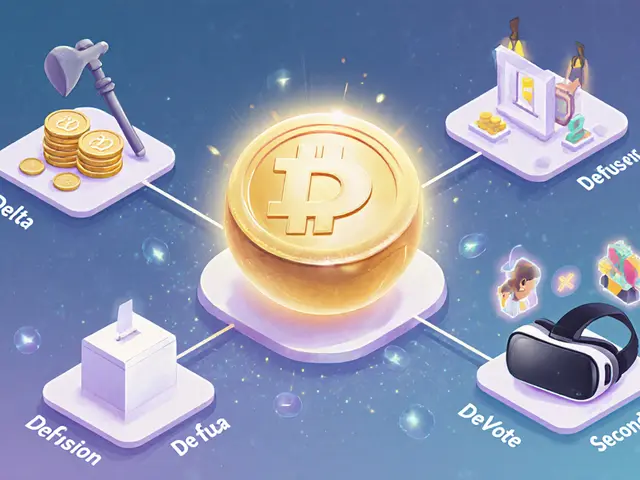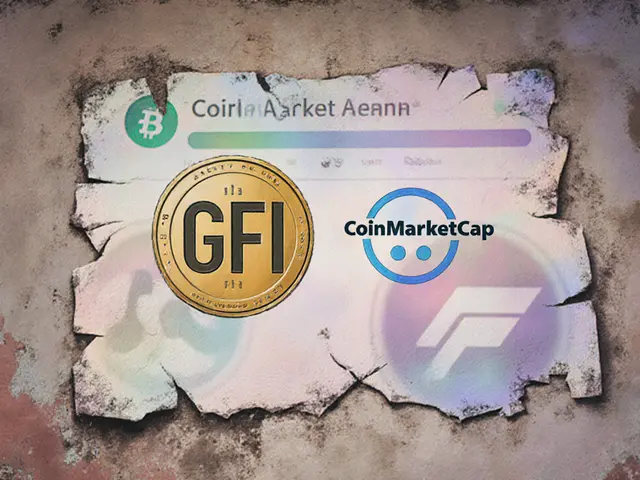Play-to-Earn: How Gaming Meets Crypto
When talking about Play-to-Earn, a model where gamers earn crypto rewards directly from in‑game activities. Also known as P2E, it blends entertainment with real‑world value.
At its core, Play-to-Earn lives inside the broader GameFi, the fusion of gaming and decentralized finance that lets players own, trade, and profit from in‑game assets. A typical GameFi title issues NFT, non‑fungible tokens that represent unique characters, items or land as proof of ownership. Those NFTs can be sold on secondary markets, turning playtime into a revenue stream. Success in this space also depends on Airdrop, free token distributions that reward early adopters and boost community growth. Together these pieces create a loop: games attract players, NFT sales fund development, and airdrops keep the ecosystem lively.
Why Play-to-Earn Matters Today
First, Play-to-Earn expands the gamer audience beyond pure hobbyists. In regions with limited job markets, players can earn a living wage by mastering a game’s economy. Second, tokenomics—how a game’s native token is minted, allocated, and burned—shapes both player incentives and long‑term price stability. Good tokenomics encourage liquidity, lower volatility, and sustainable growth. Third, the rise of cross‑chain bridges means assets can move between blockchains, letting players choose the cheapest or fastest network for their trades. This interoperability fuels competition among platforms and pushes down fees.
Security is another pillar. Smart‑contract bugs can wipe out token balances, so reputable Play-to-Earn projects undergo audits and publish bug bounty programs. Community governance also plays a role: token holders vote on updates, balance changes, and new features, turning the player base into a quasi‑decentralized board of directors. When governance works, it reduces the risk of central authority rug pulls and builds trust.
From a market perspective, Play-to-Earn titles have shown impressive funding rounds, often raising tens of millions of dollars in private sales before even launching. That capital fuels higher‑quality graphics, deeper storylines, and better user experience, narrowing the gap with traditional AAA games. As mainstream media picks up success stories, advertisers see new revenue channels, further validating the model.
Practically, anyone curious about getting started should focus on three steps: 1) research the game’s tokenomics and audit reports, 2) acquire the required wallet and connect it to the game’s platform, and 3) watch for upcoming airdrops or in‑game events that boost earnings. Platforms like DexSharp provide real‑time data on token performance, airdrop schedules, and exchange comparisons, making it easier to spot opportunities without diving into endless forums.
Looking ahead, the next wave will likely combine Play-to-Earn with metaverse concepts, letting players own virtual real estate that generates passive income. Expect more hybrid experiences where you can earn while attending virtual concerts, trading digital fashion, or even providing liquidity to DeFi pools embedded in the game world. The line between work and play continues to blur, and smart players will treat Play-to-Earn as both entertainment and an investment strategy.
Below you’ll find a curated list of articles that break down specific coins, airdrop mechanics, regulatory news, and hands‑on guides. Whether you’re after a deep dive into tokenomics, a step‑by‑step validator tutorial, or the latest on global crypto regulation, the collection gives you the tools to navigate the Play-to-Earn landscape with confidence.

Detailed guide on MagicCraft's Wizard's Rainfall MCRT airdrop: eligibility, claim steps, tokenomics, and post‑claim strategies.
Jonathan Jennings Oct 24, 2025
Detailed guide on the Battle Hero (BATH) chest NFT airdrop, covering eligibility, claim steps, referral bonuses, reward types, and tips to maximize value.
Jonathan Jennings May 23, 2025




